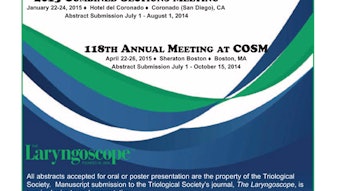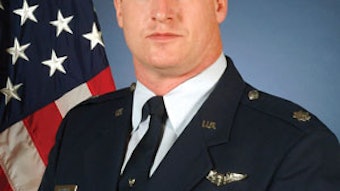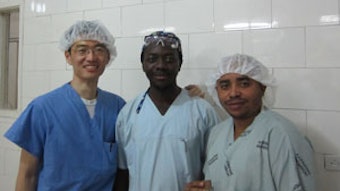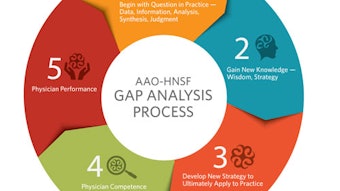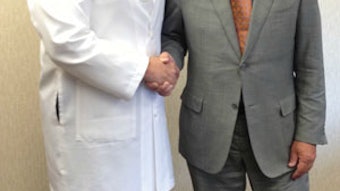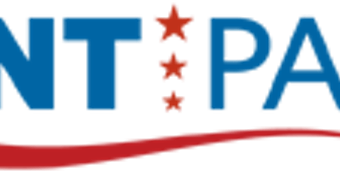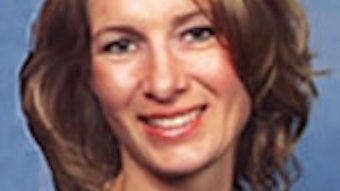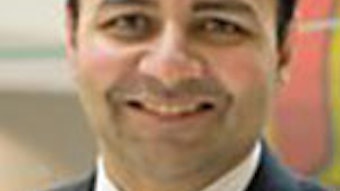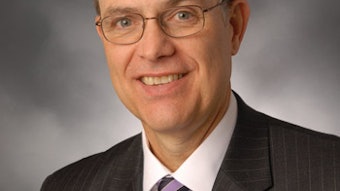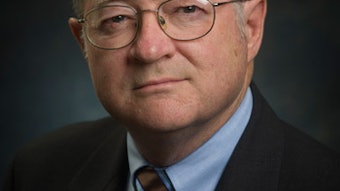2014 BOG Candidates: Member-at-Large
Nathan A. Deckard, MD Philadelphia, PA What are your qualifications and what is your experience? I have had the opportunity to serve the Academy and the Board of Governors in a number of roles. I have been an active part of the Section for Residents and Fellows-in-Training (SRF) as the vice chair, the information officer/secretary for two terms, and was the representative to the Society of University Otolaryngologists. I have served as a journal reviewer and participated in Clinical Practice Guideline creation. I have also served on both the BOG Socioeconomic and Grassroots and Legislative Affairs committees and have attended the BOG spring and fall meetings for the past six years. These experiences have given me, as a recent graduate, a fairly uncommon understanding of the BOG and the Academy and their strategic plan and goals. Given the Academy’s strategic plan, outline and prioritize your goals for the Board of Governors. If chosen as Member-at-Large, I would prioritize member engagement/retention, with a focus among our young physician and resident sections. As a recent graduate and an involved member of these sections, I feel a particular tie to these groups. I would suggest utilizing the strength of the Young Physicians Section (YPS) and SRF to improve the engagement of their members in the Academy, encourage participation in Academy activities, and educate their members in establishing Academy membership early in their careers. Furthermore, as a specialist, I would like to continue to encourage Specialty Society Advisory Council (SSAC) communications to improve specialty involvement and engagement. Lastly, as a proud PAC member, I support recent efforts to improve resident participation and would work toward furthering this effort and furthermore to educate all of our members in the importance of advocacy with particular focus on the importance of percentage of PAC membership in our specialty. Spencer C. Payne, MD Charlottesville, VA What are your qualifications and what is your experience? I wrote an article for the Bulletin a few years ago titled “Decisions are made by those who show up”and it is by that motto I have lived. My involvement with the Academy spans the last 10 years during which I have served as Informatics officer and chair of the Section for Residents and Fellows-in-Training, member of several Academy committees including Medical Informatics, Young Physicians, Development, and Public Relations, and been the alternate for guidelines development for the ARS. For the past three years I have served as the Governor for the Virginia Society of Otolaryngology-HNS and sat on the BOG Rules and Regulations Committee. Locally for my hospital I serve on the ICD-10, Meaningful Use, and Quality committees. All of these experiences provide me a comprehensive familiarity with Academy, BOG, and the issues that affect practitioners such that I can excel at bridging the three. Given the Academy’s strategic plan, outline and prioritize your goals for the Board of Governors. The last few years have seen a regional reorganization of the Board of Governors in order to enhance the bidirectional communication between the Academy and member societies. We need to continue to leverage this infrastructure in order to facilitate the transmission of both the concerns AND successes of our members. I will bolster this network and employ the Academy’s new website to get the word “out”and “in” so that we can build on each other’s accomplishments, focusing on the positives while being mindful to negotiate the changing obstacles of our profession. I would also work closely with the Section for Residents and Fellows-in-Training as well as the Young Physicians Section to better cultivate and harness the enthusiasm with which they can better the specialty. Through mentoring and encouragement we can incentivize our younger membership to stand with us on the shoulders of the giants that have preceded us.
Nathan A. Deckard, MD
Philadelphia, PA
What are your qualifications and what is your experience?
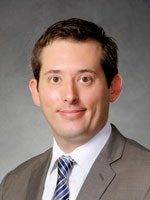
Given the Academy’s strategic plan, outline and prioritize your goals for the Board of Governors.
If chosen as Member-at-Large, I would prioritize member engagement/retention, with a focus among our young physician and resident sections. As a recent graduate and an involved member of these sections, I feel a particular tie to these groups. I would suggest utilizing the strength of the Young Physicians Section (YPS) and SRF to improve the engagement of their members in the Academy, encourage participation in Academy activities, and educate their members in establishing Academy membership early in their careers. Furthermore, as a specialist, I would like to continue to encourage Specialty Society Advisory Council (SSAC) communications to improve specialty involvement and engagement. Lastly, as a proud PAC member, I support recent efforts to improve resident participation and would work toward furthering this effort and furthermore to educate all of our members in the importance of advocacy with particular focus on the importance of percentage of PAC membership in our specialty.
Spencer C. Payne, MD
Charlottesville, VA
What are your qualifications and what is your experience?
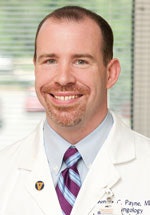
Given the Academy’s strategic plan, outline and prioritize your goals for the Board of Governors.
The last few years have seen a regional reorganization of the Board of Governors in order to enhance the bidirectional communication between the Academy and member societies. We need to continue to leverage this infrastructure in order to facilitate the transmission of both the concerns AND successes of our members. I will bolster this network and employ the Academy’s new website to get the word “out”and “in” so that we can build on each other’s accomplishments, focusing on the positives while being mindful to negotiate the changing obstacles of our profession. I would also work closely with the Section for Residents and Fellows-in-Training as well as the Young Physicians Section to better cultivate and harness the enthusiasm with which they can better the specialty. Through mentoring and encouragement we can incentivize our younger membership to stand with us on the shoulders of the giants that have preceded us.
